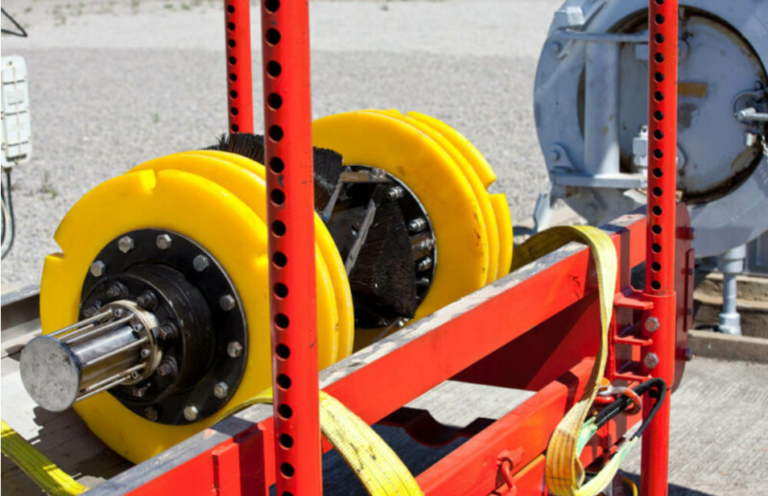How Shaping Technology is Revolutionizing Modern Apparel

Introduction to Shaping Technology in Apparel
Shaping technology has emerged as a pivotal innovation in the fashion industry. By integrating advanced fabric technologies and innovative design, shaping technology ensures that garments are flattering but also comfortable and durable. This comprehensive approach is reshaping fashion trends and consumer expectations across the globe. Whether you’re familiar with a shapewear brand or just discovering the term, the advancements in this field are transforming how we perceive and wear clothes.
The impact of shaping technology extends beyond aesthetics. For instance, the thoughtful combination of materials contributes to better support and contouring of the body, offering an improved look and enhanced comfort. As this technology becomes more advanced, it becomes easier for designers to create stylish and functional garments that meet the demands of contemporary consumers.
The Science Behind Shaping Technology
Understanding the core science behind shaping technology helps appreciate its widespread application in modern apparel. This technology leverages unique fibers and materials that adapt to the body’s contours, offering flexibility and firmness.
How Shaping Technology Works at the Molecular Level
Shaping technology employs elastomeric fibers at the molecular level, which allows garments to stretch and recover, giving them a snug but comfortable fit. These fibers interact seamlessly with other materials to ensure the final product is supportive and flexible. This intricate balance makes shaping technology so powerful in the realm of apparel.
The Role of Unique Fibers and Materials Used
Fibers like Lycra, spandex, and other advanced materials are crucial in shaping technology. These fibers are engineered to respond to the body’s movements, providing a consistent fit that can adapt throughout the day. These fabrics’ breathability and lightweight nature also contribute to a more comfortable wearing experience, ideal for various activities and settings.
Innovations in Fabric Engineering
Recent innovations in fabric engineering, such as seamless construction techniques and microfibers, make shaping garments even more efficient. Seamless construction minimizes chafing and maximizes comfort, while microfibers enhance elasticity and durability. These advancements ensure that shaping garments are durable and functional, capable of meeting modern fashion demands.
Benefits of Shaping Technology for Consumers
Consumers stand to gain significantly from shaping technology in various ways. The benefits range from enhanced comfort and improved aesthetics to increased durability and easier garment care.
Enhanced Comfort and Fit
Shaping garments conform to the body, providing a tailored fit. This enhanced fit is crucial for comfort as it reduces pressure points and ensures optimal daily support. Many consumers find these garments offer comfort that traditional apparel cannot match.
Improved Aesthetic Appeal
By smoothing out imperfections and enhancing natural curves, shaping technology helps in achieving a more polished look. This can boost confidence and improve self-image for many wearers. The improved aesthetic appeal is a significant advantage for casual wear or special occasions.
Durability and Ease of Maintenance
Shaping garments made with advanced fibers are often more durable and easier to maintain. These materials resist wear and tear, retain their shape over time, and require less frequent replacement than traditional fabrics. Additionally, most shaping garments are easy to clean and maintain, making them a practical choice for everyday wear.
Different Types of Apparel Utilizing Shaping Technology
Shaping technology, from casual to sportswear, finds applications across various apparel types. The integration of this innovative technology benefits each category uniquely.
- Everyday Clothing: T-shirts, jeans, and dresses incorporating shaping technology offer an improved fit and enhanced comfort for daily wear. These garments provide everyday solutions for common fit issues, making them wardrobe staples for many individuals.
- Activewear and Sportswear: Shaping technology in activewear ensures that garments provide support and flexibility, crucial for physical activities. This includes items like compression leggings and sports bras, which help improve performance and recovery for athletes and fitness enthusiasts.
- Formal and Business Attire: Suits, skirts, and other formal wear benefit from a smoother, more sophisticated appearance thanks to shaping materials. These garments can enhance the professional look while maintaining high comfort, making them ideal for long workdays and essential events.
Future Trends in Shaping Technology
The future is bright for shaping technology in the apparel industry. Emerging trends and sustainable advancements promise to further redefine the use of these technologies in our daily lives.
Emerging Trends and Innovations
New trends include the integration of innovative fabrics that can monitor body metrics and adjust their properties accordingly. These intelligent garments are poised to provide aesthetic benefits and health and wellness advantages. Imagine a sports bra that adjusts its support based on your activity level or leggings that monitor muscle activity and provide feedback for optimal performance.
The Potential Impact of Digitalization and Smart Fabrics
Digitalization makes it possible to create custom-fit garments using 3D scanning and digital fabrication techniques. This ensures a perfect fit and reduces waste during the production process. Companies are already exploring the potential of AI-driven design tools that can recommend the best materials and construction methods based on individual measurements and preferences.
Environmental Sustainability and Shaping Technology
As consumers become more environmentally conscious, there’s a growing demand for sustainable shaping technology. Innovations in eco-friendly fibers and recyclable materials pave the way for greener fashion choices. For instance, some manufacturers are developing new types of biodegradable fibers that offer the same benefits as traditional materials while reducing environmental impact.






